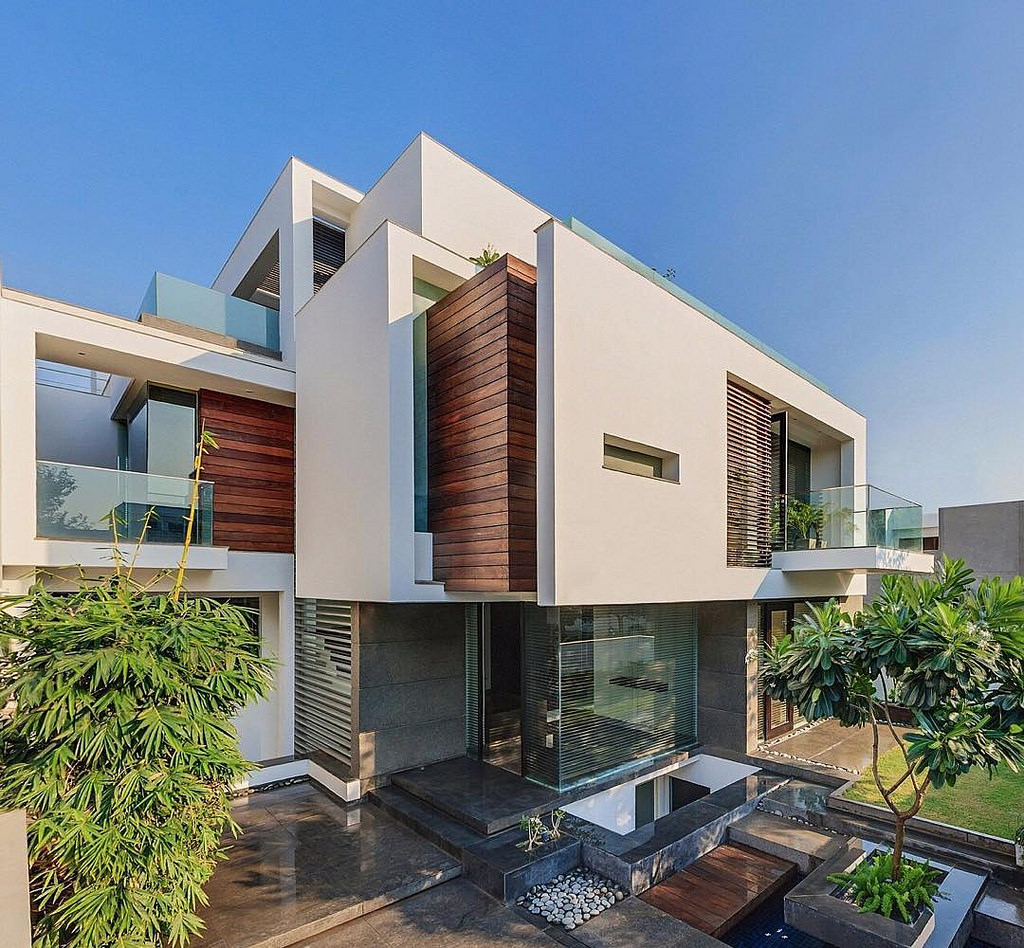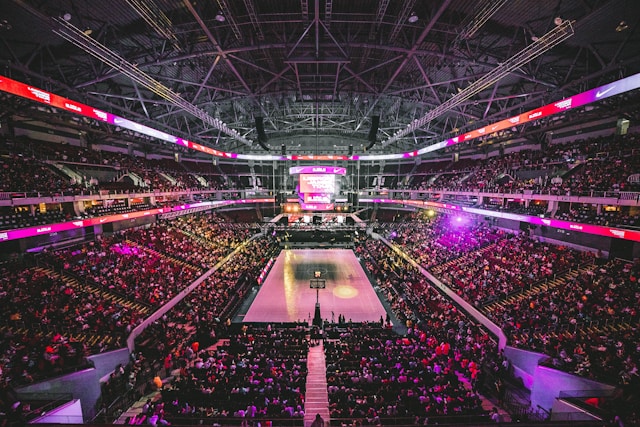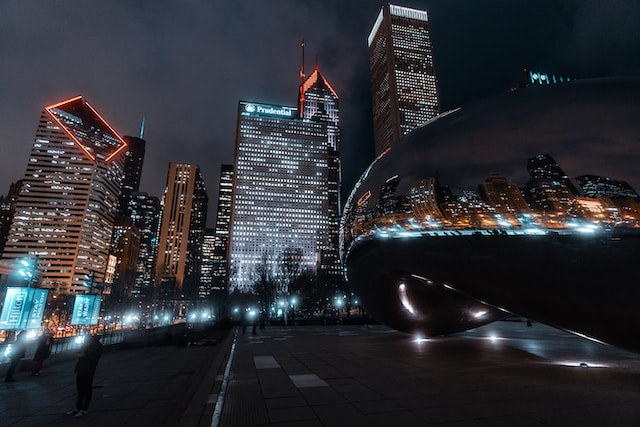Reducing Energy Footprints
Today’s designers, architects, and building sciences engineers are working like never before to design heating, cooling, and lighting systems to make buildings more sustainable. The fields of sustainable design and architecture are merging as practitioners seek to create a new urban ecology and sustainability.
Emerging in today’s architecture are new and more efficient uses of passive design for heating, cooling, harvesting water from rain, and food storage, to name a few. Architects and designers are now learning to create more sustainable buildings in light of changing climate conditions. Sustainable construction programs are proliferating in colleges and universities as the construction industry seeks to hire carpenters, project managers, designers, building inspectors, and insulation specialists who will be able to help create highly efficient and sustainable buildings.
Using Design Structures & Spaces to Sustain Natural Resources
One leading force in the promotion of better energy use and environmental design has been the LEED program (Leadership in Energy and Environmental Design) which has developed an energy efficiency rating system. This program has been successful in setting guidelines that make consumer products much more energy efficient and reduce greenhouse gasses.
Additional promising areas of design to help create sustainability include:
- improving indoor air quality
- expanding the use of wind energy
- green roofs
- greywater recycling
- passive heating technology
- daylighting
- material evaluation and specification
- green building certification programs
- rainwater harvesting
- wind energy
The following video, “Model Sustainable Architecture: Harvesting Energy, Wind Energy, and Rainwater,” explains how sustainable features and functions help create sustainable architecture.






